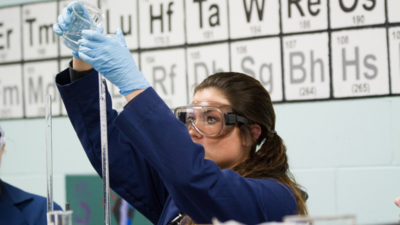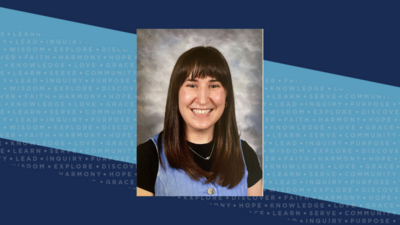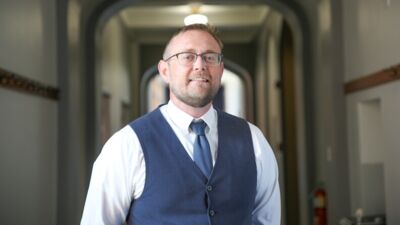How to Apply for Medical School After College

If you are interested in medicine and want to be the primary provider of health care for your patients, you may wish to attend medical school after completing your undergraduate degree. Medical school is a challenging yet highly rewarding pursuit that requires students to be motivated, hardworking, and driven to complete their studies at a rigorous pace. Preparing to apply will begin during a student’s undergraduate studies, and sometimes even earlier. The process can be both tedious and enjoyable but involves a lot of different “moving parts” that can be easy to overlook.
One vital part of applying to medical school is obtaining undergraduate clinical experience. In fact, it is unlikely that applicants will be considered for matriculation into medical school if they lack this experience. Fortunately, options for undergraduate pre-medical students that fulfill this requirement abound. Clinical experience refers to anything that involves direct interaction with patients seeking medical care and can involve certification as a CNA, CMA, phlebotomist, or other jobs, shadowing medical doctors, or volunteering in certain settings. Most pre-medical students gain around 100 hours of clinical experience prior to medical school application, but numbers vary, and some have many more.
Clinical experience is only one part of the picture when it comes to applying for medical school; students who are well-rounded in their interests and passions are given greater consideration when admissions counselors review their applications. Thus, pre-medical students can and should involve themselves in extracurriculars, even in areas that are unrelated to medicine.
Of course, extracurriculars and clinical experience are still not the whole of your undergraduate preparation. As part of Concordia’s pre-medical program, which can be paired with any academic major, you will take challenging courses in a wide variety of fields like biochemistry, physics and human biology, which will prepare you for the Medical College Admissions Test (MCAT), taken during the spring semester of your junior year. These courses are also prerequisites required by most medical schools. Together, your college GPA and MCAT score play an integral role in determining which medical schools will accept your application.
After taking the MCAT and receiving your score – usually around a month after your test date – it is time to apply for medical school. The American Medical College Application Service (AMCAS) application opens during the first week of May and is used by most American medical schools as their “primary” application. The AMCAS application includes nine sections and requires applicants to fill out personal information as well as write essays and document significant volunteer work, research, and clinical experience. Applicants may then be required to submit secondary applications, which are school-specific.
But wait – have you made a list of schools to which you’ll submit your primary application? If not, there are several considerations you must make. First, consider the location of your chosen school. Many medical schools have “residency biases,” meaning that they prioritize applicants who are residents of the state where the school is located. You should also consider the school’s tuition, cost of living in the area, the percentage of students that match into a residency, grading systems, and more. Luckily, there are over 190 medical schools in the United States to which you can apply.
One more consideration to make when applying to medical schools is whether you are interested in earning a Doctor of Osteopathic Medicine degree or a Doctor of Medicine degree. 38 of the over 190 U.S. medical schools confer D.O. degrees, while the other 155 offer M.D. degrees. While these two types of schools follow the same general curriculum and offer a similar educational timeline for students, D.O. schools prioritize the interaction between the body, mind, and spirit – a “holistic” approach to medicine – while M.D. schools emphasize the treatment of ailments. Both types are equivalent in terms of the level of medicine their students can practice; however, the philosophies they emphasize are unique.
Once you’ve submitted your primary and secondary applications, you will begin to hear back from the schools to which you applied. Whether these are osteopathic or allopathic (M.D.) schools, if admissions counselors are interested in your application, they may invite you to complete an in-person interview. In these interviews, admissions officers will get to know you while assessing how you may be a good fit for the school they represent. These are usually the last step on a student’s path to acceptance into medical school.
Even after you complete all these steps, your exciting journey has just begun! Continue to gain clinical experience, but also devote time to your other passions as you transition from college to medical school. The road that leads to a career in medicine may be long and arduous, but it is incredibly rewarding, both personally and professionally. Wherever you may be on your journey toward medical school, don’t give up – your hard work will pay off.
Interested in Concordia’s pre-medical program? Learn more here.


